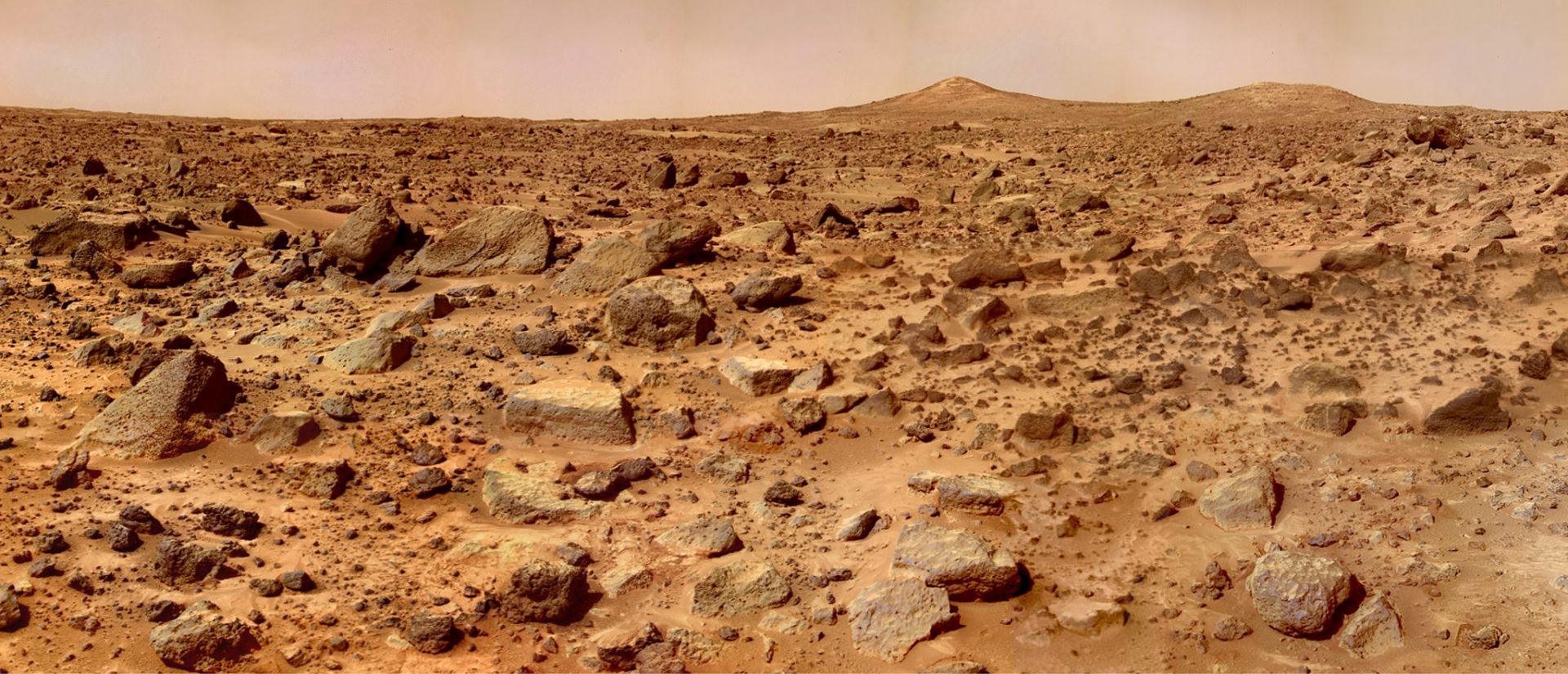Outer space gives great opportunities for the future of global economy and humanity. However use of space is already partly regulated by international treaties and agreements that specify legal status of space. Thanks to the rapid development of new technologies, conquest of outer space, colonization of planets and even things like space mining and cosmic business will be be real very soon. At a time when Elon Musk conquers Mars and Donald Trump creates the US Space Force, stay up to date with space law.
THIS IS ALLOWED IN SPACE
Generally everything that is not banned is allowed in space. International treaties emphasize that space is the heritage of all humanity and is to be used in accordance with this principle.
Furthermore space can only be used for peaceful purposes.
So every action we take in space must be peaceful and in the interest of all humanity.
- Freedom of scientific research
Space is free and open to research and exploatation within the scope determined by the international agreements
- Space mining
There is no ban on extracting any raw materials from celestial bodies. However, many scientists are calling for this issue to be regulated. Especially sourcing raw materials from the moon.
- We have the freedom to send any space ships and objects into space. Therefore, it is allowed to send various types of space rockets, satellites, space stations, etc.
- The use of military personnel for scientific research or for any other peaceful purpose is not prohibited. Nor is it forbidden to use any equipment or devices necessary for peaceful tests of the Moon and other celestial bodies.
THIS IS FORBIDDEN IN SPACE
- Cosmic space is not the territory of any state. According to international law it is forbidden to appropriate cosmic space or it’s parts.
- Nuclear weapons are forbidden in space. Both the nuclear test in space and the placement of nuclear weapons there.
- The moon and other celestial bodies are used by all States Parties to the Agreement (1967) solely for peaceful purposes. It is forbidden to establish military bases, installations and fortifications on celestial bodies, to test them with any types of weapons and to carry out military maneuvers.
SOURCES OF SPACE LAW
The most important space law’s regulations come from:
- Outer Space Treaty 1967 – Treaty on Principles Governing the Activities of States in the Exploration and Use of Outer Space, including the Moon and Other Celestial Bodies – considered the most important one space treaty
- The Rescue Agreement 1968 – Agreement on the Rescue of Astronauts, the Return of Astronauts and the Return of Objects Launched into Outer Space
- Liability Convention 1972 – Convention on International Liability for Damage Caused by Space Objects
- 1975 Registration Convention – Convention on Registration of Objects Launched into Outer Space
- Moon Treaty 1979– imposed the regime of the common heritage of humanity
HOW DOES LAW WORK IN SPACE?
- The law regulating the principles of space use is quite haotic and imprecise. There is no one main contract that regulates all issues. There are many sources of cosmic law. The most important ones of them are International agreements and resolutions of the General Assembly of the United Nations
- Extraterritorial jurisdiction
Every space craft is considered to be an extension of the country’s sovereignty
- Astronauts are considered to be envoys of all humanity and, if necessary, each state is to assist them (this is due to the 1967 space treaty and the 1968 Space Austerity Agreement).
-
Two people in the exact same place in the space can be subject to different laws – laws of the countries which citizens they are
- There are no regulation of the status of non-state actors operating in space
WHERE DOES SPACE START?
It is not yet clearly established at what height cosmos begins. 19 miles (30km) according to these ones up to 99 miles (160km) according to others – lattitude of the lowest orbiting satellites
90 to 100 km because the lowest points of Earth’s orbital satellites are located at an altitude of about 90 km (the Kármán line). Generally, it is assumed that the boundary of the cosmos is more or less at an altitude of 49 – 62 miles (80 – 100 kilometers) above sea level.
Short history of “space law”:
In order to regulate the legal status of outer space and to define the principles of its exploration and exploitation, the decisive role was played by the United Nations. The problem was raised for the first time during the twelfth session of the General Assembly in 1957. At the 14th Session, the General Assembly made resolution 1472 of December 12, 1959, and established a 24-member Committee for the Peaceful Uses of Outer Space. The work of the Committee led to the unanimous adoption by the Assembly at the XVIIIth session of December 13, 1963, a declaration of the legal principles governing the activities of states in the exploration and use of outer space. The principles mentioned in the nine points became the basis for the signature of the agreement on January 27, 1976 in three capitals: Washington, DC and London, on the activities of states in the exploration and use of outer space.
Here are the most important arrangements of the Outer Space Treaty from 1967
Article I
The exploration and use of outer space, including the Moon and other celestial
bodies, shall be carried out for the benefit and in the interests of all countries,
irrespective of their degree of economic or scientific development, and shall be the
province of all mankind.
Outer space, including the Moon and other celestial bodies, shall be free for
exploration and use by all States without discrimination of any kind, on a basis of
equality and in accordance with international law, and there shall be free access to
all areas of celestial bodies.
There shall be freedom of scientific investigation in outer space, including the
Moon and other celestial bodies, and States shall facilitate and encourage international
cooperation in such investigation.
Article II
Outer space, including the Moon and other celestial bodies, is not subject to
national appropriation by claim of sovereignty, by means of use or occupation, or
by any other means.
Article III
States Parties to the Treaty shall carry on activities in the exploration and use
of outer space, including the Moon and other celestial bodies, in accordance with
international law, including the Charter of the United Nations, in the interest of
maintaining international peace and security and promoting international cooperation
and understanding.
Article IV
States Parties to the Treaty undertake not to place in orbit around the Earth any
objects carrying nuclear weapons or any other kinds of weapons of mass destruction,
install such weapons on celestial bodies, or station such weapons in outer space in
any other manner.
The Moon and other celestial bodies shall be used by all States Parties to the
Treaty exclusively for peaceful purposes. The establishment of military bases, installations
and fortifications, the testing of any type of weapons and the conduct of
military manoeuvres on celestial bodies shall be forbidden. The use of military
personnel for scientific research or for any other peaceful purposes shall not be
prohibited. The use of any equipment or facility necessary for peaceful exploration
of the Moon and other celestial bodies shall also not be prohibited.
Article V
States Parties to the Treaty shall regard astronauts as envoys of mankind in
outer space and shall render to them all possible assistance in the event of accident,
distress, or emergency landing on the territory of another State Party or on the high
seas. When astronauts make such a landing, they shall be safely and promptly returned
to the State of registry of their space vehicle.
In carrying on activities in outer space and on celestial bodies, the astronauts
of one State Party shall render all possible assistance to the astronauts of other States
Parties.
States Parties to the Treaty shall immediately inform the other States Parties to
the Treaty or the Secretary-General of the United Nations of any phenomena they
discover in outer space, including the Moon and other celestial bodies, which could
constitute a danger to the life or health of astronauts.
Treaty on Principles Governing the Activities
of States in the Exploration and Use
of Outer Space, including the Moon
and Other Celestial Bodies pdf – http://www.unoosa.org/pdf/publications/STSPACE11E.pdf
THERE IS HUGE SPACE FOR THE SPACE BUSINESS
Exploration of the cosmos is a similar opportunity for humanity as the great geographic discoveries in the fifteenth and sixteenth centuries. It is worth remembering that the countries that were most involved in the conquest of the world at the time (Great Britain, Spain, France, Portugal, the Netherlands) later became the richest countries in the world.
This time it will probably be similar. The countries that will first start colonizing the cosmos will draw the largest profits in the future. It’s all about getting raw materials from celestial bodies. Already today it is easy to guess that it will be profitable to establish and lease colonies in space, build power plants and factories there, create space cities and many other activities that will bring a fortune in the future.
If you want to see how many niches and business ideas are related to only Mars, see the article below.

How to Earn Money on Colonization of Mars?
Your content goes here. Edit or remove this text inline or in the module Content settings. You can also style every aspect of this content in the module Design settings and even apply custom CSS to this text in the module Advanced settings.

TOP 25 Catering Business Ideas for 2024
If you're looking to start a business in the food industry, exploring catering business ideas for 2024 might be the perfect path for you. The catering world offers a wide range of opportunities, from small, intimate gatherings to large-scale events, allowing for...

30 Types of Clothing Stores – Shop Definitions & Examples
In this article, we have compiled a list of the 30 most common types of clothing stores. At first glance, it might seem that a clothing store is simply a place where clothes are sold, suggesting that there wouldn't be many variations among them. However, the reality...
